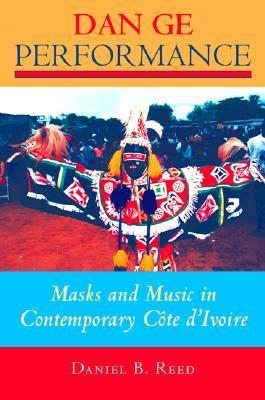
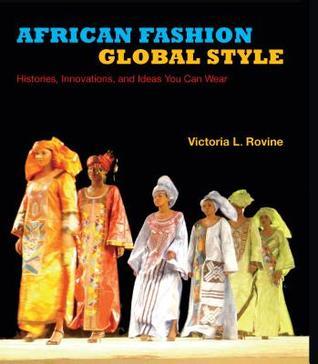
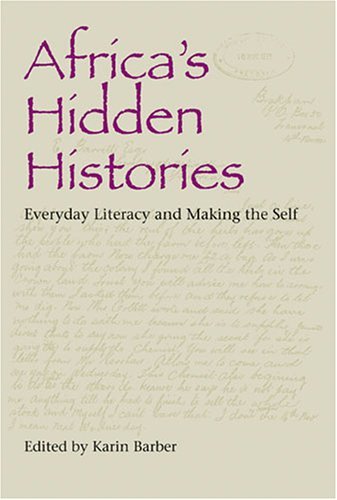
Books in series

Dan Ge Performance
Masks and Music in Contemporary Côte d'Ivoire
2003

Fashioning Africa
Power and the Politics of Dress
2004

Africa's Hidden Histories
Everyday Literacy and Making the Self
2006
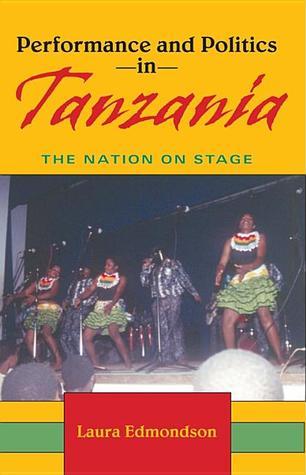
Performance and Politics in Tanzania
The Nation on Stage
2007
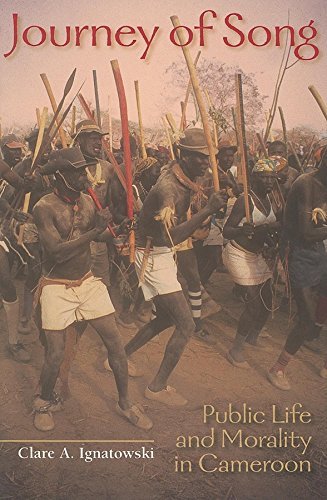
Journey of Song
Public Life and Morality in Cameroon
2005
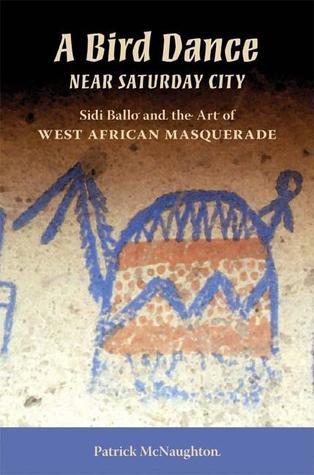
A Bird Dance near Saturday City
Sidi Ballo and the Art of West African Masquerade
2008

Bogolan
Shaping Culture through Cloth in Contemporary Mali
2001
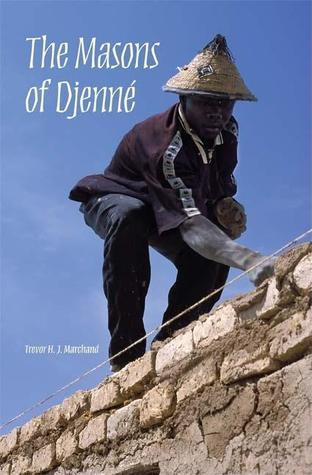
The Masons of Djenné
2009

Performing South Africa's Truth Commission
Stages of Transition
2009
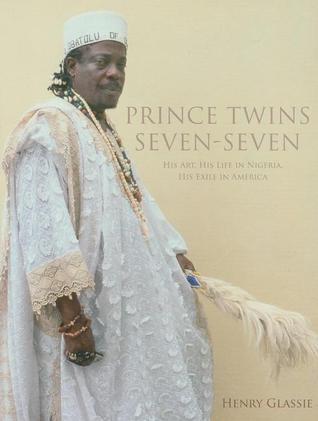
Prince Twins Seven-Seven
His Art, His Life in Nigeria, His Exile in America
2010

Tabloid Journalism in South Africa
True Story!
2010

New Francophone African and Caribbean Theatres
2010

Contemporary African Fashion
2010
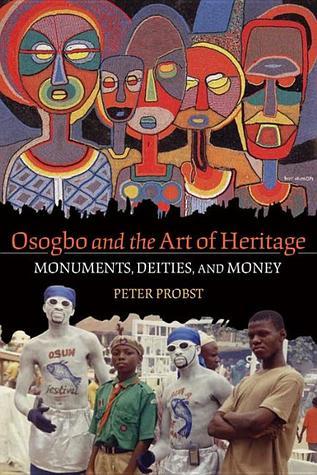
Osogbo and the Art of Heritage
Monuments, Deities, and Money
2011

The Politics of Dress in Somali Culture
2011

Postcolonial Artists and Global Aesthetics
2011
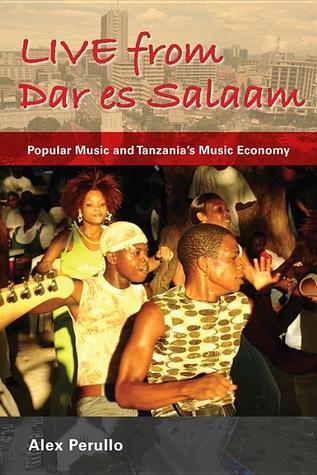
Live from Dar es Salaam
Popular Music and Tanzania's Music Economy
2011

Hip Hop Africa
New African Music in a Globalizing World
2012
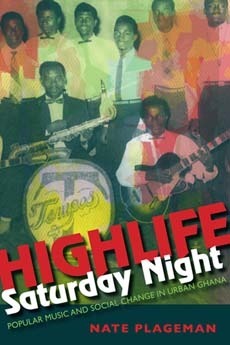
Highlife Saturday Night
Popular Music and Social Change in Urban Ghana
2012

Africa and France
Postcolonial Cultures, Migration, and Racism
2012
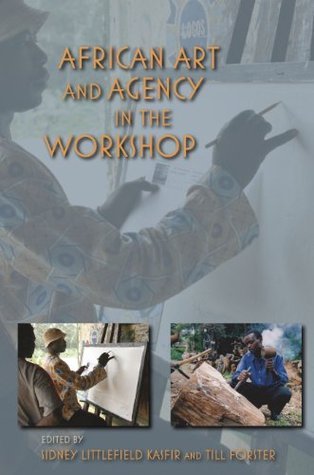
African Art and Agency in the Workshop
2013
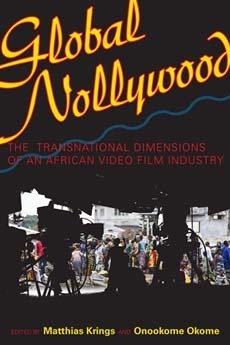
Global Nollywood
The Transitional Dimensions of an African Video Film Industry
2013
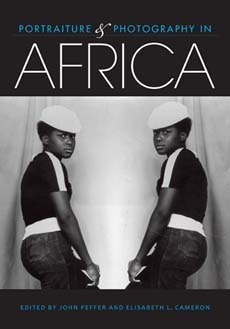
Portraiture and Photography in Africa
2013

Women's Songs from West Africa
2013
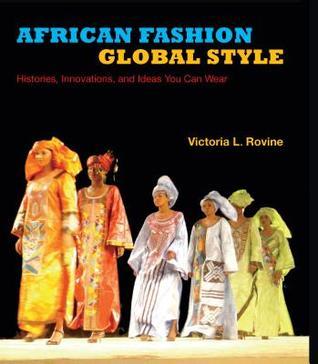
African Fashion, Global Style
Histories, Innovations, and Ideas You Can Wear
2014
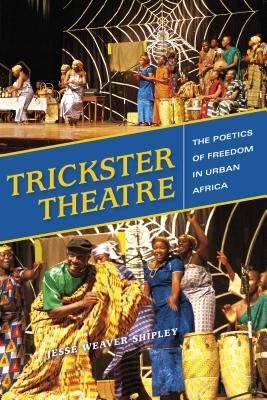
Trickster Theatre
The Poetics of Freedom in Urban Africa
2015

African Appropriations
Cultural Difference, Mimesis, and Media
2015

African Music, Power, and Being in Colonial Zimbabwe
2015

Ifá Divination, Knowledge, Power, and Performance
2015

Swahili Port Cities
The Architecture of Elsewhere
2016
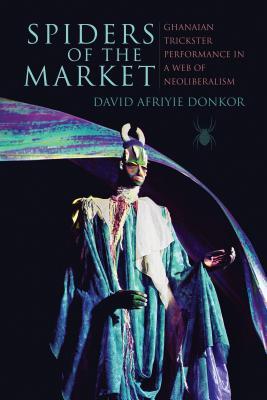
Spiders of the Market
Ghanaian Trickster Performance in a Web of Neoliberalism
2016

Abidjan USA
Music, Dance, and Mobility in the Lives of Four Ivorian Immigrants
2016
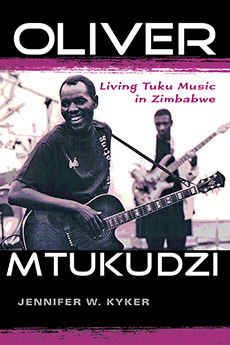
Oliver Mtukudzi
Living Tuku Music in Zimbabwe
2016
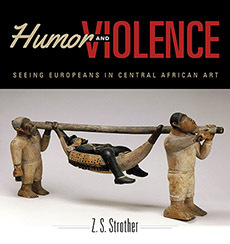
Humor and Violence
Seeing Europeans in Central African Art
2016

Sonic Space in Djibril Diop Mambety's Films
2017
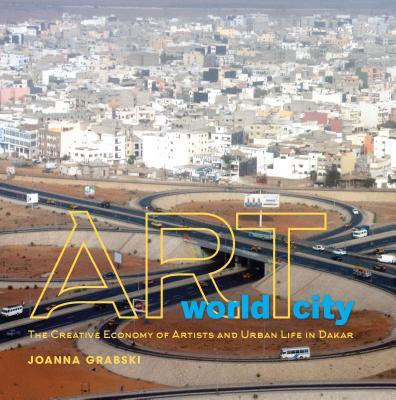
Art World City
The Creative Economy of Artists and Urban Life in Dakar
2017
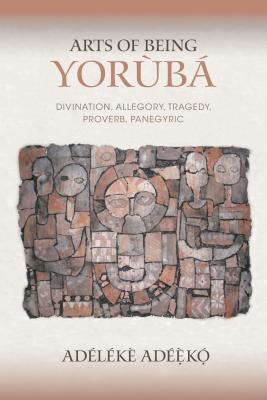
Arts of Being Yoruba
Divination, Allegory, Tragedy, Proverb, Panegyric
2017
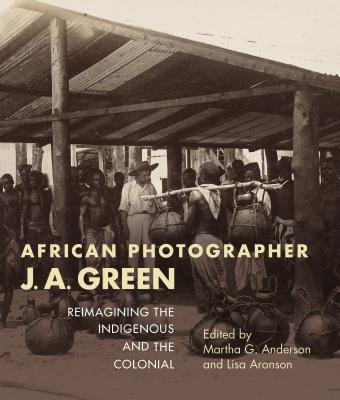
African Photographer J. A. Green
Reimagining the Indigenous and the Colonial
2017

State and Culture in Postcolonial Africa
Enchantings
2017
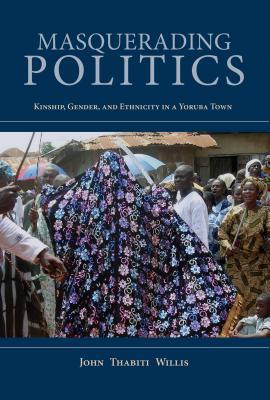
Masquerading Politics
Kinship, Gender, and Ethnicity in a Yoruba Town
2018
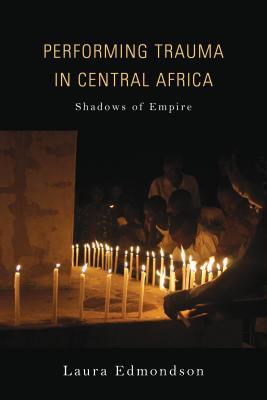
Performing Trauma in Central Africa
Shadows of Empire
2018
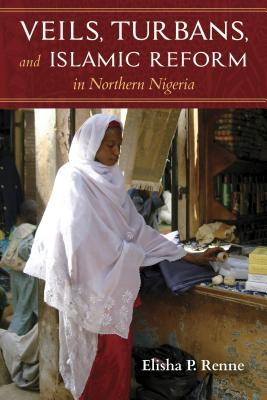
Veils, Turbans, and Islamic Reform in Northern Nigeria
2018

Swahili Muslim Publics and Postcolonial Experience
2018
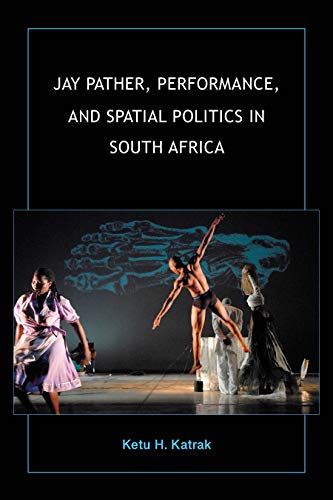
Jay Pather, Performance, and Spatial Politics in South Africa
2021

Imaging Culture
Photography in Mali, West Africa
2021
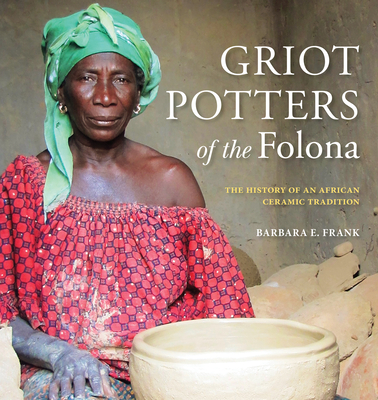
Griot Potters of the Folona
The History of an African Ceramic Tradition
2022